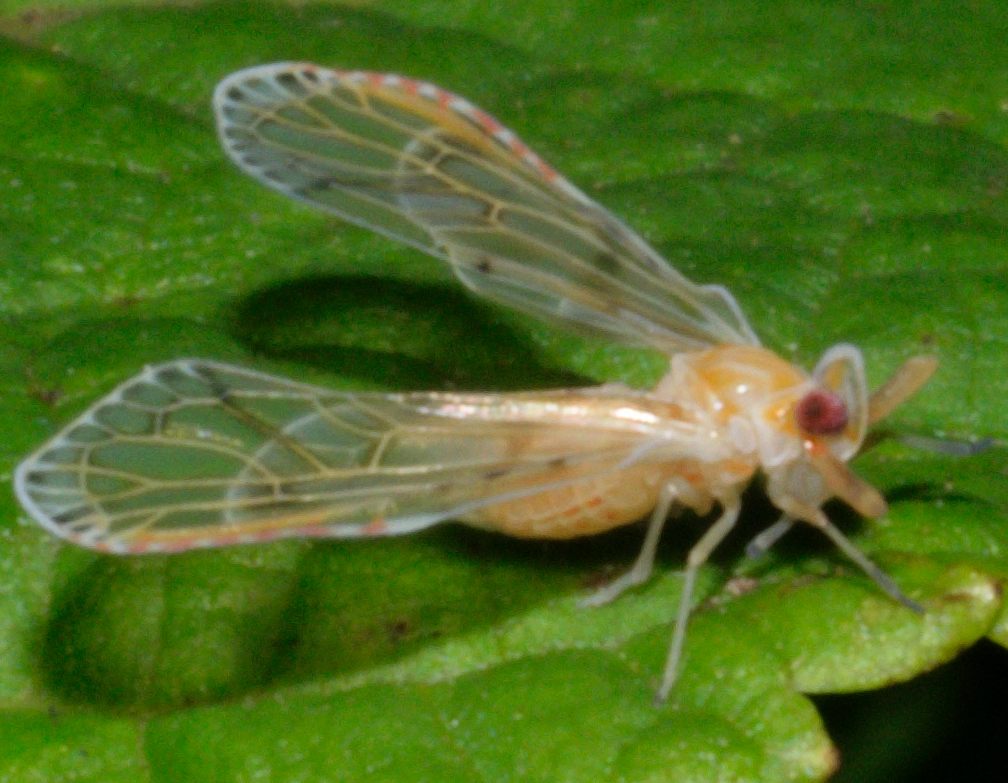| Family (Alpha): | |||
« |
 » » |
| DERBIDAE Members: | NC Records | |||||
|---|---|---|---|---|---|---|
Anotia bonnetii - No Common Name | ||||||
 © Scott Bolick- note C5 wing veins |  © Scott Bolick- note orange-brown coloration |  © Scott Bolick- note body color |  © Rob Van Epps |
|
Hoppers of North Carolina: Spittlebugs, Leafhoppers, Treehoppers, and Planthoppers |
| Family (Alpha): | |||
« |
 » » |
| DERBIDAE Members: | NC Records | |||||
|---|---|---|---|---|---|---|
Anotia bonnetii - No Common Name | ||||||
 © Scott Bolick- note C5 wing veins |  © Scott Bolick- note orange-brown coloration |  © Scott Bolick- note body color |  © Rob Van Epps |